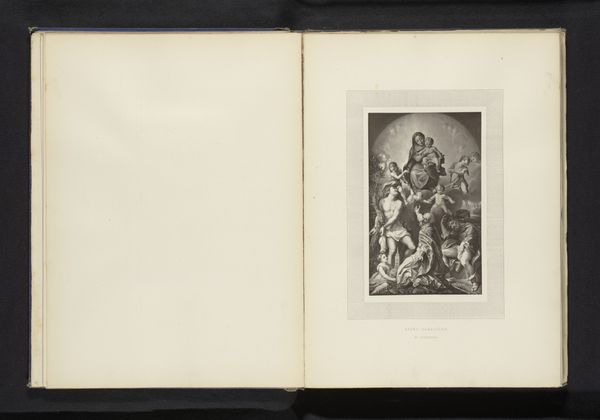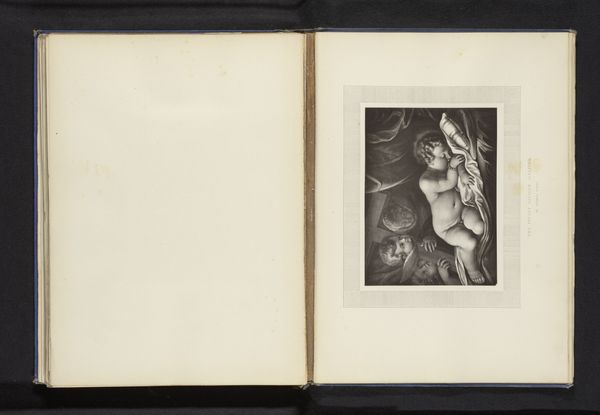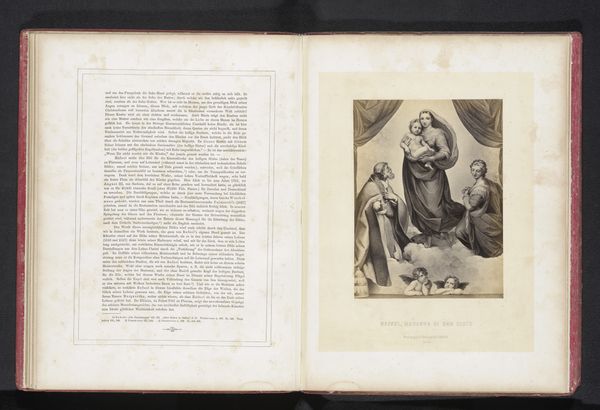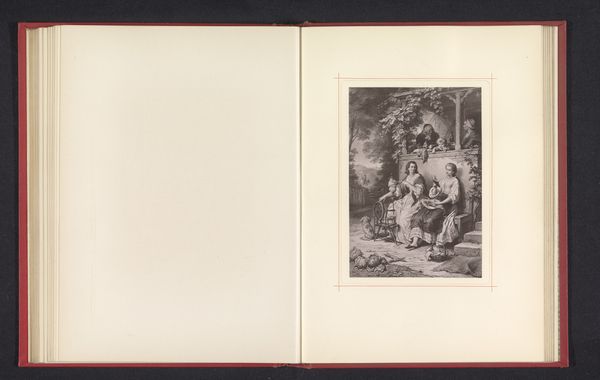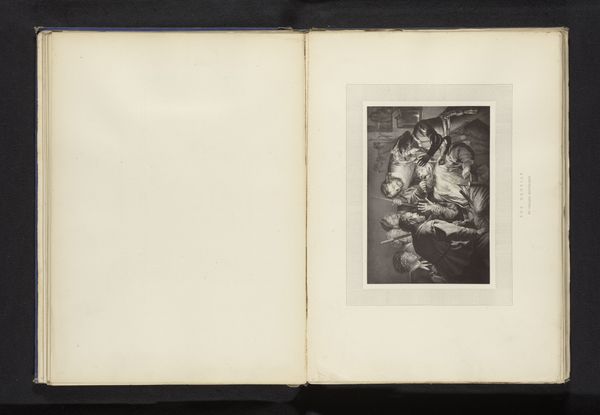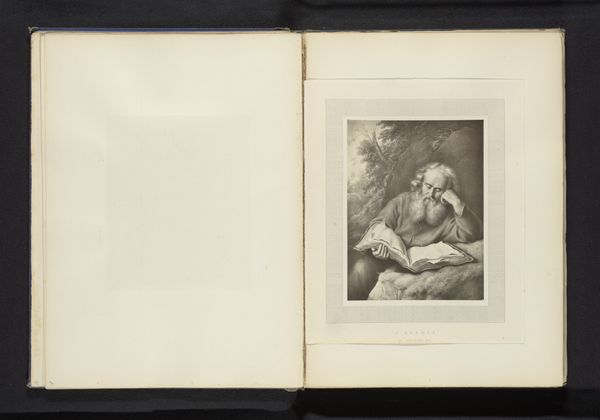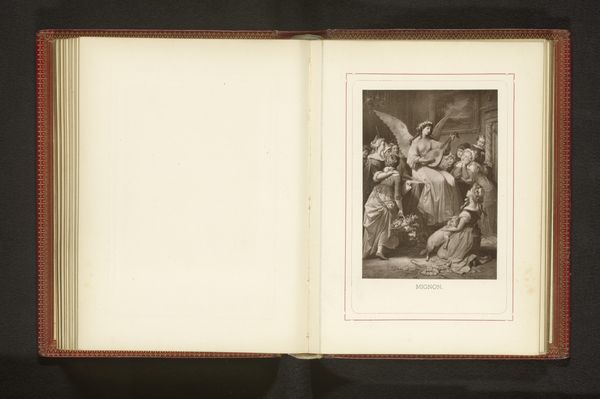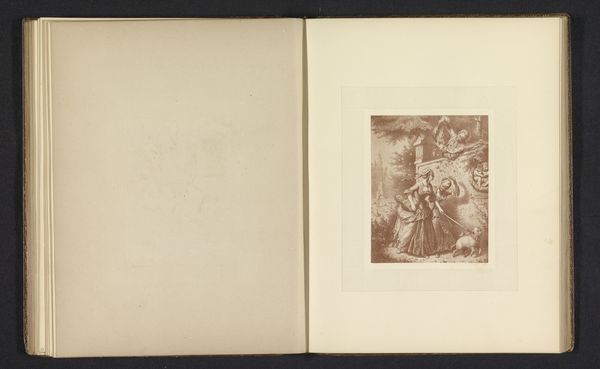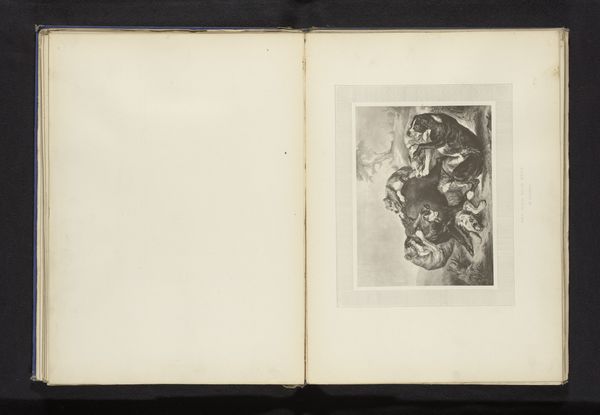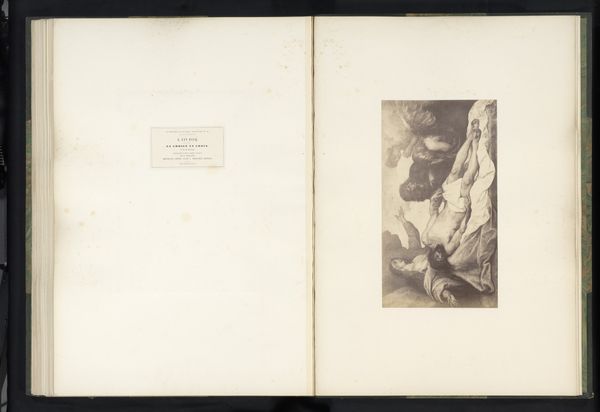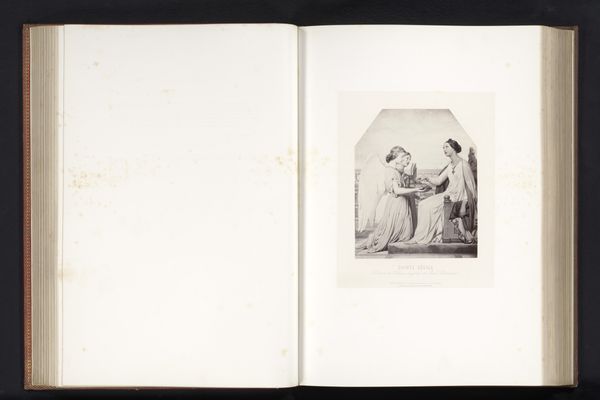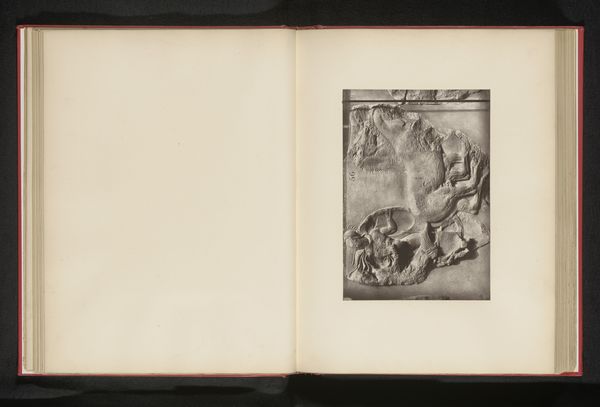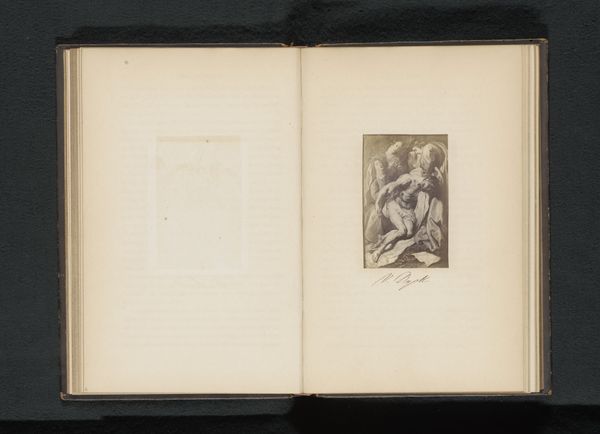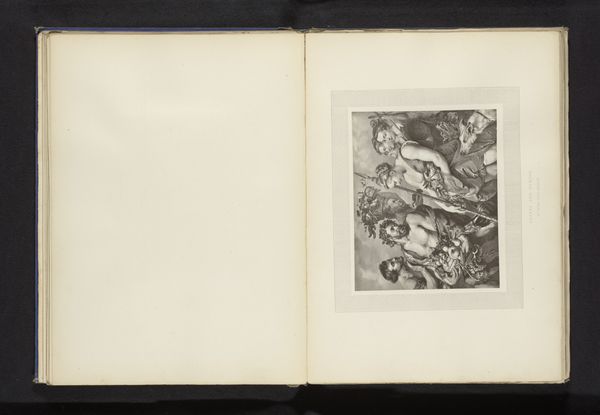
Reproductie van een prent naar Rafaëls La Madonna Di S. Sisto door William Say before 1875
0:00
0:00
print, paper, engraving
#
portrait
#
narrative-art
# print
#
figuration
#
paper
#
group-portraits
#
history-painting
#
academic-art
#
italian-renaissance
#
engraving
Dimensions: height 184 mm, width 138 mm
Copyright: Rijks Museum: Open Domain
Editor: Here we have a print from before 1875, "Reproduction of a print after Raphael’s *La Madonna Di S. Sisto* by William Say." The figures almost seem to float. What’s interesting to you about how it evokes its themes? Curator: Well, seeing a reproduction, especially an engraving, opens up questions about cultural memory. What did it mean to reproduce Raphael’s Madonna for a 19th-century audience? Think of the layers: Raphael's original painting, rich with Renaissance ideals of beauty and divine motherhood. Then Say's engraving: a translation into a different medium that makes it more accessible to a wider audience, right? Editor: Yes, much more accessible. Curator: How do you think this availability impacts its message, though? It goes from a sacred image only for the elite to something reproducible. That simple cherubic gaze looking up at the Madonna transformed into a stare for the masses. Editor: Hmm. Does that in turn cheapen or dilute its symbolic power? Or make it more powerful? Curator: It becomes less about direct religious worship, maybe. But possibly even more about the idealization of motherhood. Images like these contribute to our cultural understanding of “mother” as self-sacrificing, divine almost. Say’s work, by making Raphael reproducible, helps cement a potent visual archetype in popular imagination, which is amazing, isn't it? Editor: I see, like it echoes through time, changing as it goes! That’s so insightful. I’d never thought about a reproduction holding its own layers of meaning. Curator: Exactly! Every reproduction, every iteration, holds a conversation with the original, amplifying some meanings, muting others.
Comments
No comments
Be the first to comment and join the conversation on the ultimate creative platform.
